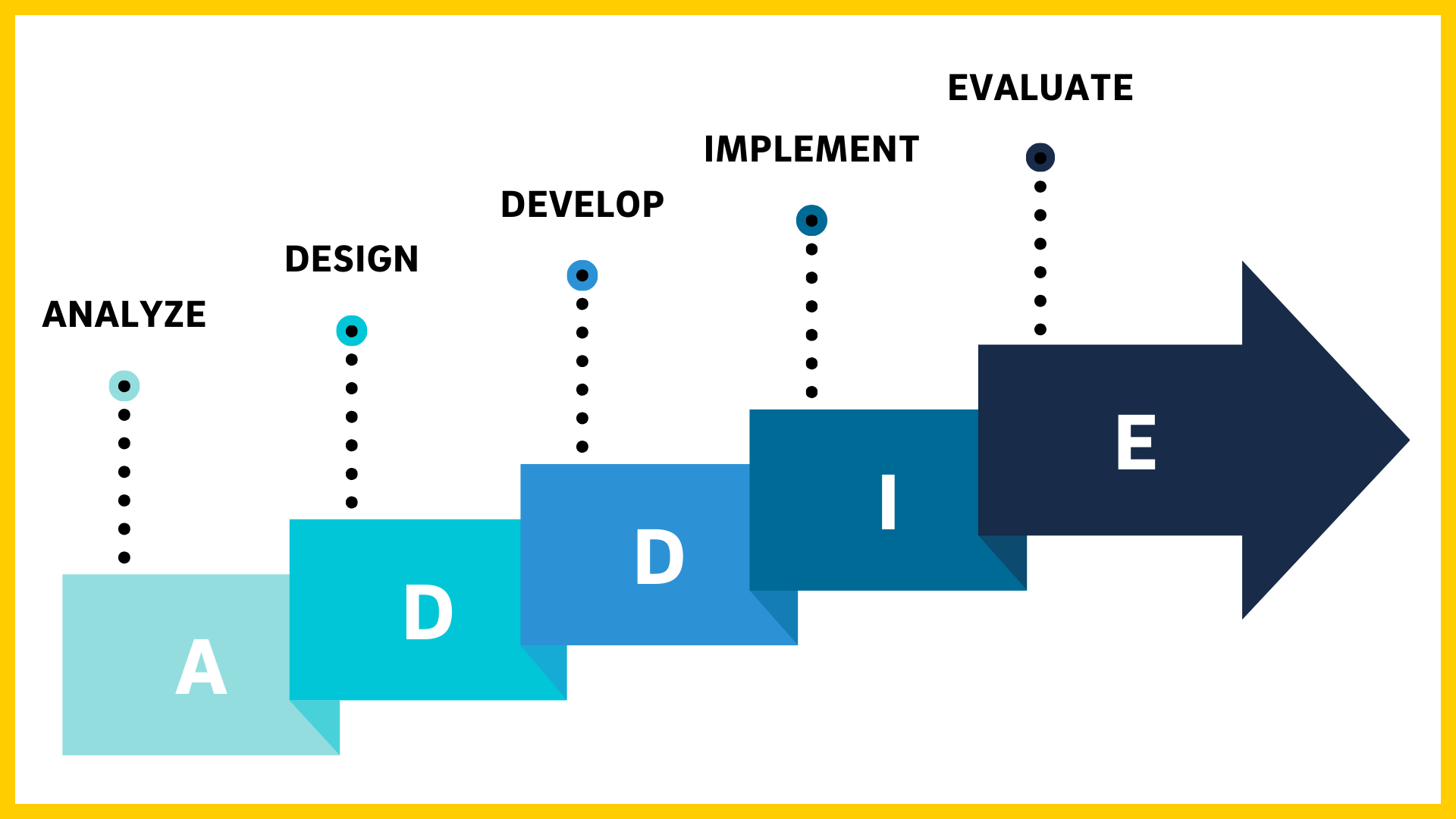Navigating New Systems: The Role of Training
Imagine you’ve just purchased a new piece of furniture and in your excitement to begin assembling it, you skip over the instructions. By the end, you’re left with extra screws, mismatched panels and a whole lot of wobbliness.
This is exactly how most of us feel when a new work system lands in our lap. Without proper training, you might get it to function, but the process will be frustrating, and the result far from optimal.
As part of the Student Information System (SIS) Project, our goal is to provide training that adapts to your busy schedule, provides clear resources and ensures you feel confident using the new system from day one. We're designing training that:
- Explains the workflows that impact day-to-day operations.
- Provides a safety net to navigate new tools.
- Adapts to different learning styles to help you absorb information.
- Suits the diverse needs of different user groups.
- Offers resources you can access on your own terms.
Our Vision for the Training
Our training isn't a one-size-fits-all approach – it's customized to meet you exactly where you are. You bring valuable experiences and personal motivations that shape how you learn. That's why we're embracing a human-centered approach to learning and system adoption.
To ensure a smooth transition, we follow a proven process: the ADDIE training model. Here’s how each phase works to make your training effective and stress-free.

- Analyze: This is where we uncover the "why" and "what" of the training process. We’ll gather this input from stakeholders, subject matter experts and users to identify pain points and priorities.
- Design: Next, we create a detailed roadmap for your training, keeping engagement, accessibility and learning objectives front of mind. We’ll pave a path that ensures you focus only on the essentials.
- Develop: This is where we create the actual materials. This could look like interactive modules, job aids or videos that you can revisit as needed. The goal is to answer your questions, before you even have them.
- Implement: Here, the training materials are deployed, and you engage with the content. We will pilot the training with a small user group to gather initial feedback. After you complete the training, you will have easy access to the materials and on-demand resources.
- Evaluate: The process doesn’t stop after the training sessions are over. We’ll assess how things went and make adjustments based on what works (and what doesn’t). Our team will collect feedback and use this data to identify areas for improvement. Our goal is to make sure the training stays relevant, effective and responsive to your needs.
Get Involved
Want to be part of this transformation? We're inviting you to join us. We want your experience, your perspective, your input. Become a pilot tester. Share your feedback. Help us create a training experience that actually works for real people doing real work.
This isn't about mastering another complicated system. This is a campus-wide conversation. Every click, every module, every resource will be designed with one goal: to make your work life smoother, more intuitive and, honestly, a bit less stressful. In other words, just like assembling furniture, we want to make your experience less wobbly.
Want to learn more? Check out this article that outlines what we’ve heard about training from the campus community. Additionally, you’re welcome to reach out to esr-student@ucsd.edu with any questions or ideas you may have. Our team is committed to making this transition as smooth and supportive as possible. Your success is our priority.For questions about the SIS Project contact esr-student@ucsd.edu.